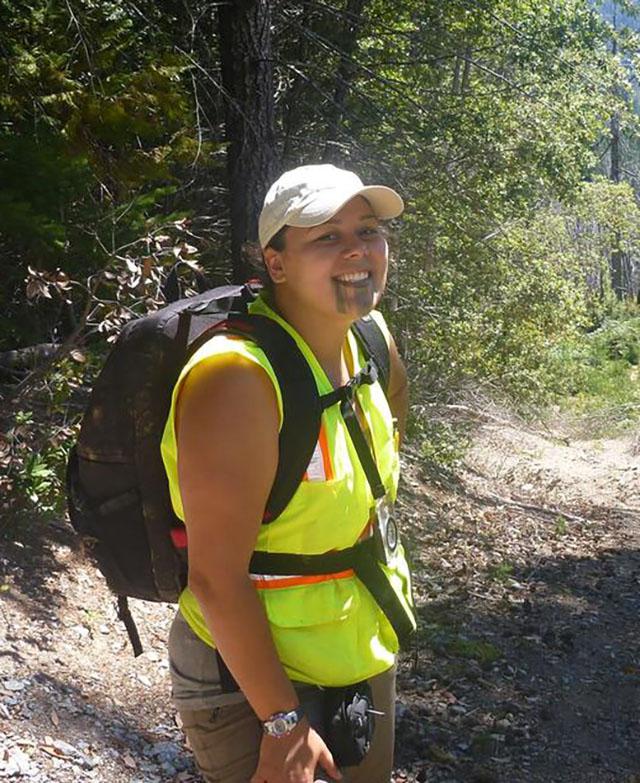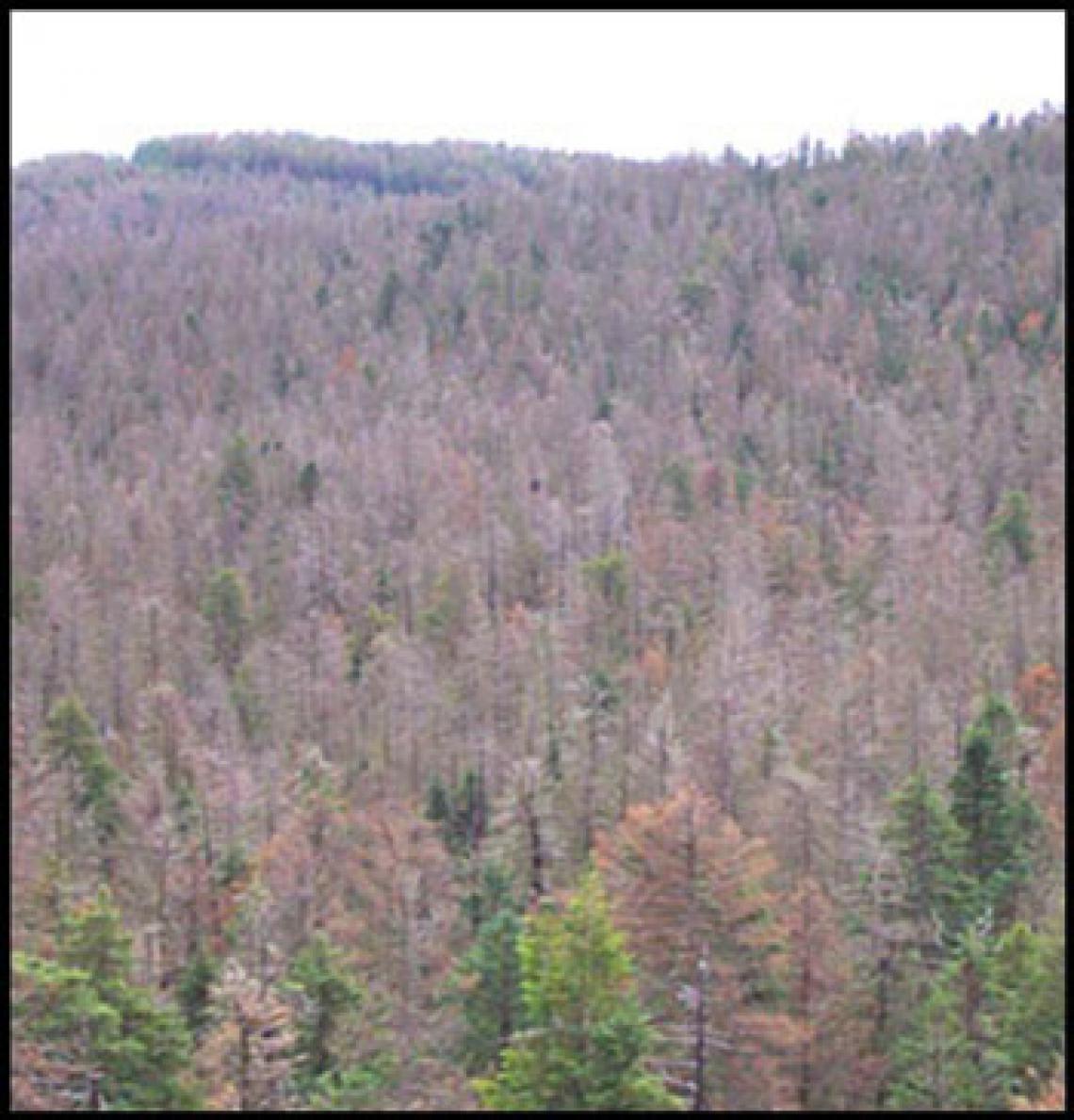Seafha Ramos (Blount)
Past Graduate Student
Response of the Mount Graham Red Squirrel (Tamiasciurus hudsonicus grahamensis) to Postfire Conditions
Major Questions/Objectives
Our main objectives were to assess space use of Mount Graham red squirrels, vegetation characteristics associated with middens, and continued occupancy of middens, mountain-wide, by Mount Graham red squirrels in areas of various burn severity.
Major Findings
A main effect of season on both size of home ranges and core areas was apparent. No main effect of burn severity on size of home range or size of core area was detected. Slope, canopy cover, burn severity, and aspect were important variables for distinguishing middens from random locations. Dead trees, aspect, and total number of trees were important for distinguishing between occupied and unoccupied middens. Mountainwide, occupancy of middens was influenced by burn severity of middens and surrounding vegetation. Also, unburned middens were occupied more continuously than burned middens.
Publications
Blount, S.J., J.L. Koprowski. 2012. Small mammal response to post-fire conditions: case of the endangered Mount Graham red squirrel. Southwestern Naturalist. 57:8-15. PDF of Article
Where is Seafha Now?
PhD , University of Arizona Conservation Genetics Lab
Pathways Intern, National Park Service, Biological Resources Managmeent Division, Wildlife Conservation Branch
https://sites.google.com/site/melanieculverlab/home



